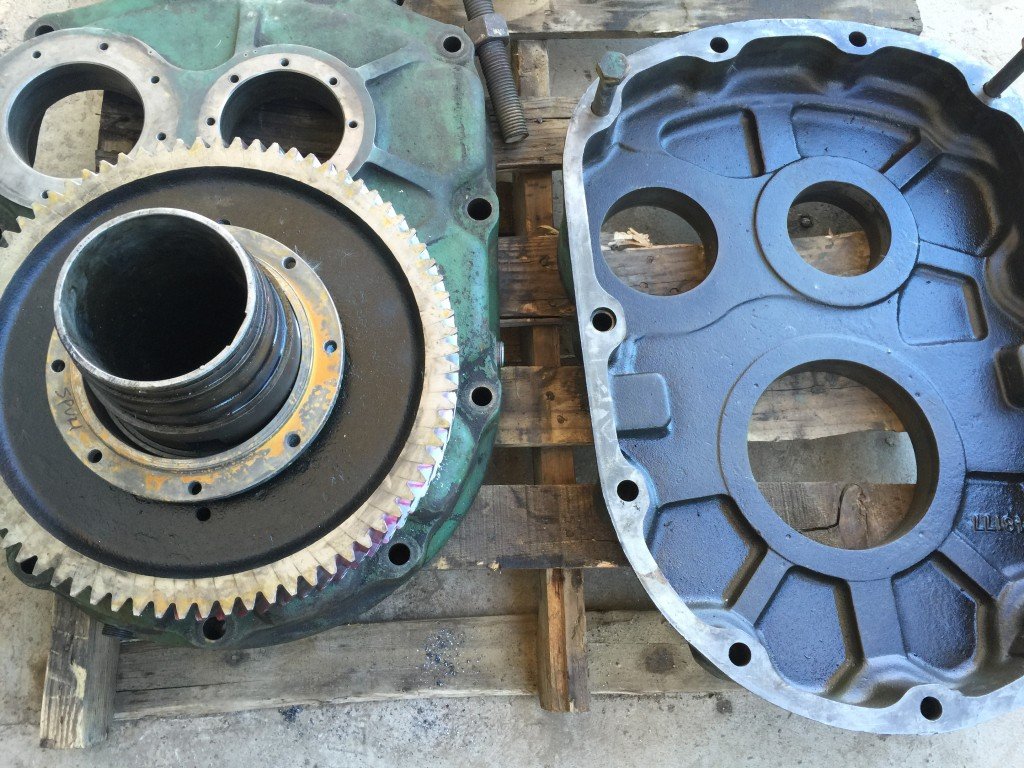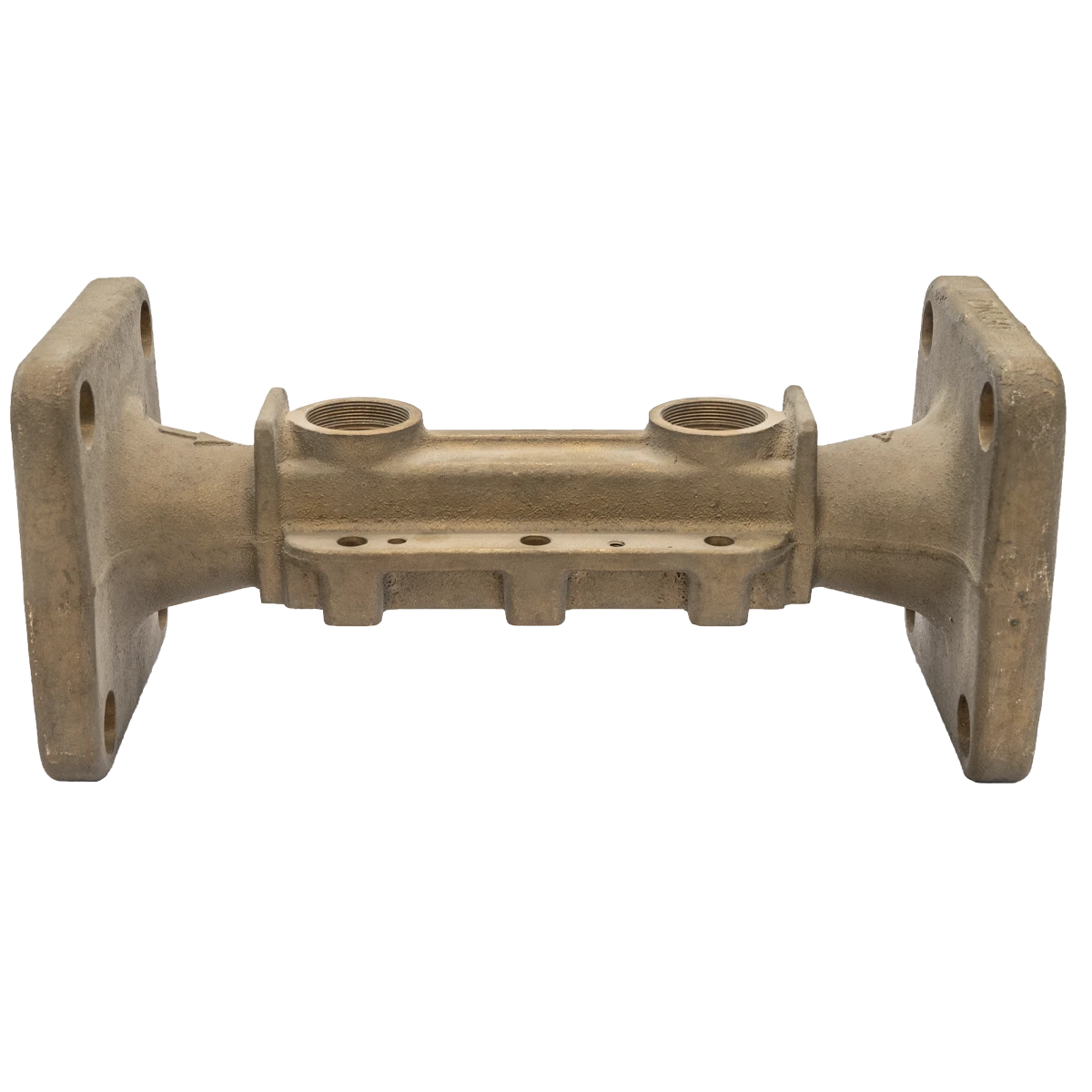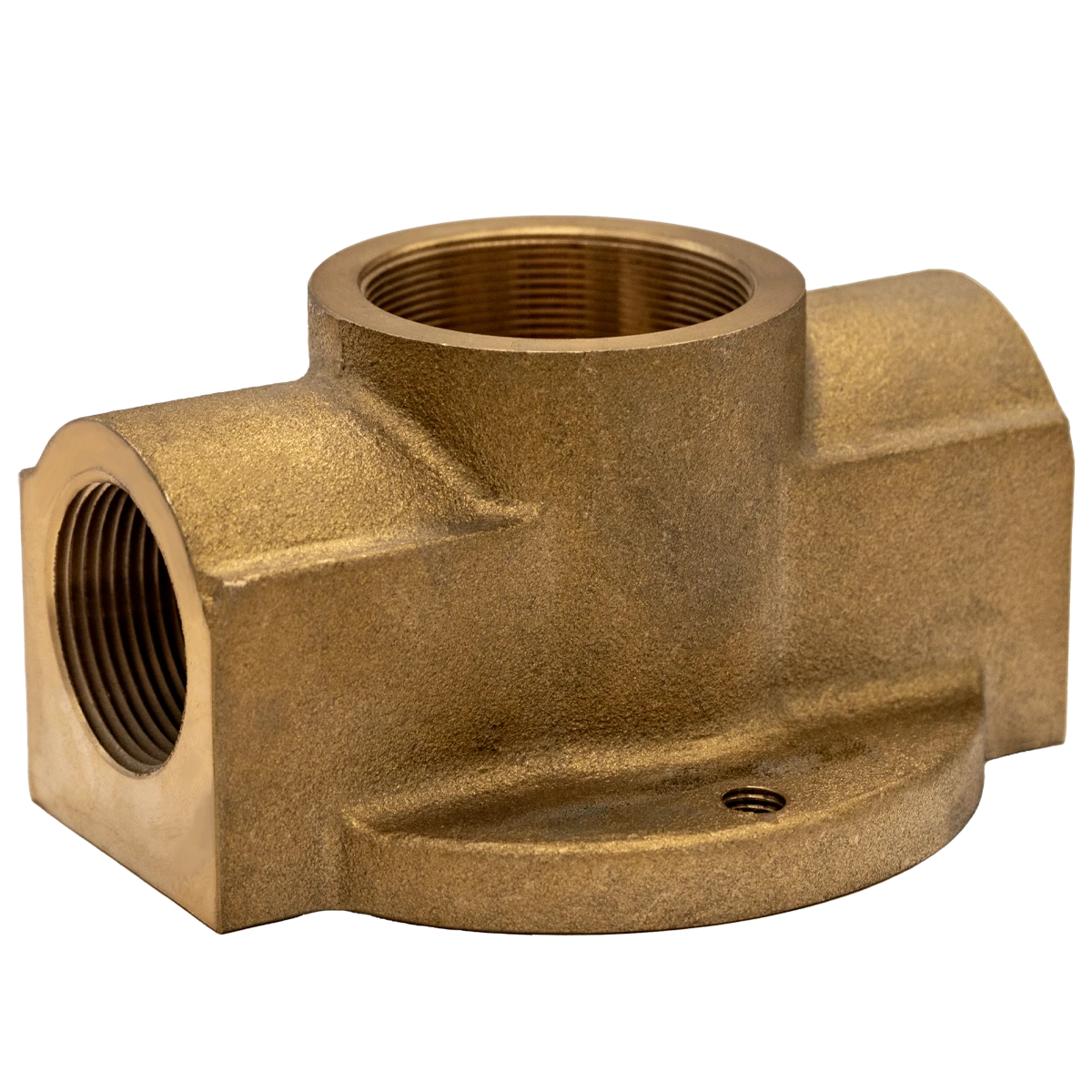Mobile:+86-311-808-126-83
Email:info@ydcastings.com
English
Creative Ideas for Stylish Cornice End Caps to Enhance Your Home Decor
Exploring Cornice End Caps Importance and Aesthetic Appeal
Cornice end caps, often an overlooked yet vital component in architectural design, play a significant role in enhancing the beauty and functionality of various structures, ranging from residential homes to commercial buildings. These decorative elements are typically positioned at the end of cornice boards, serving both aesthetic and practical purposes.
What are Cornice End Caps?
Cornice end caps are the finishing touch to cornices, which are architectural features that project from the tops of walls or roofs. The end caps are designed to cover and protect the exposed ends of cornices, creating a seamless and polished look. They come in various materials such as wood, plaster, and polyurethane, offering an array of styles that can complement different architectural themes—from classic to contemporary.
Aesthetic Value
The primary function of cornice end caps is to enhance the visual appeal of a building. They add depth, character, and sophistication to architectural features. The intricate designs of these caps can serve as focal points, drawing attention to the cornice itself and contributing to the overall design narrative of a space. Homeowners and architects often select end caps that resonate with the building's historical style or desired aesthetic. For instance, ornate, baroque-inspired caps may complement a classical structure, while sleek, minimalist designs suit modern architecture.
Practical Benefits
cornice end caps

Beyond their decorative role, cornice end caps fulfill several practical functions. One of the key benefits is providing protection against the elements. Exposed ends of cornices can be vulnerable to moisture infiltration, which may lead to rot or deterioration over time. By installing end caps, homeowners can shield these vulnerable areas, extending the lifespan of the cornice and preserving the integrity of the structure.
Additionally, cornice end caps can contribute to insulation and energy efficiency. In some designs, they can help in reducing air leaks, thereby supporting a building’s overall thermal performance. This can lead to improved heating and cooling efficiencies, resulting in lower energy bills.
Customization and Design Options
When it comes to selecting cornice end caps, there are myriad options available to suit different tastes and preferences. Customization is a key aspect of their design; homeowners and designers can choose from various styles, sizes, and materials. Whether opting for a simple, understated end cap or an elaborately carved design, the choice can reflect personal style and enhance the building's unique character.
Moreover, the versatility of materials means that these caps can be crafted to resist weathering and wear, making them suitable for both indoor and outdoor applications. For instance, polyurethane end caps are lightweight yet durable, making them ideal for outdoor settings where they may encounter harsh weather conditions.
Conclusion
In summary, cornice end caps are essential components of architectural design that should not be underestimated. They offer both aesthetic charm and practical benefits, making them a wise investment for any building project. Whether you're renovating a traditional home or constructing a modern office, incorporating well-designed cornice end caps can elevate the overall appearance and functionality of the structure. As architects and homeowners continue to explore innovative design solutions, the versatility and charm of cornice end caps will undoubtedly remain a popular choice in both historical and contemporary architecture.
-
Materials Used in Manufacturing Cap End Pipe FittingsNewsNov.24,2025
-
Material Properties of CF8M CastingNewsNov.24,2025
-
How to Inspect Pump Cap Ends for DamageNewsNov.21,2025
-
Backward Curved Impeller – Efficient Airflow Solutions for Industry | YD CastingsNewsNov.21,2025
-
Automobile Water Pump - Efficient, Quiet, Durable & ElectricNewsNov.21,2025
-
Impeller for Pumps – High-Efficiency, Durable, OEM-ReadyNewsNov.21,2025











